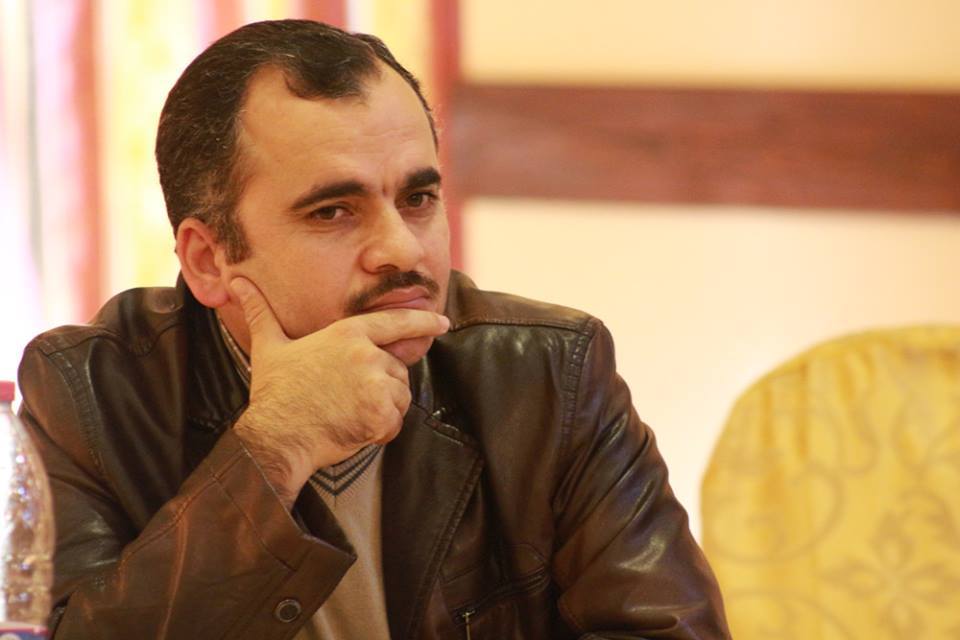The sixth anniversary of the ending of Israel’s military offensive against Gaza in 2014 was met with escalating tension between Hamas and Israel. There are conflicting readings of the achievements and failures of that offensive, as well as the extent to which the current tension could move to a widespread military confrontation.
The 2014 war has not been studied and analysed enough, but one important conclusion is that Israel is in the same place and has not progressed. Meanwhile, the Palestinian resistance groups are moving forward and demonstrating how shaky the ceasefire is. Israel’s response this time will be seen as a weakness. However, the tension is because both sides have returned to the same starting point, whereby friction acts as a complication between the civilian reality and the security situation in Gaza, and Hamas wants concessions to improve conditions in the territory.
One difference of note between the tension in 2014 and today is that Israel now admits that Hamas is engaged in a conscious and planned confrontation. There are effective communication channels between the two, which did not exist before. Hamas is prompting a low-intensity confrontation by launching incendiary balloons to put pressure on Israel without a major escalation.
This requires Israel to study the assumptions made in 2018 when signing the humanitarian understandings, and determine how correct it is to describe Hamas as not interested in escalation — even though it does not seek a wider campaign — and whether it is ready for a long-term agreement.
More importantly, Israel violated the shaky ceasefire when deciding that the current equation had to be changed, but was unable to deter Hamas from taking action against the occupation.
READ: Israeli aircraft strike Gaza during White House ceremony
It seems as if Israel has to affirm the rules of the game while refraining from launching a large-scale campaign in the Gaza Strip. It is focusing on other matters, such as the coronavirus pandemic as well as economic and political crises. However, it fears that any positive gestures it might make towards Hamas would be interpreted as a weakness which would prompt the resistance movement to try to repeat the recent precedent.
Israel’s potential strength is not the best solution to Gaza’s suffering. Rather, it is required to formulate a long-term strategy for the territory, otherwise it is doomed to live with a cycle of desperate shockwaves in between rounds of escalation and short-term deals.
Keep in mind that the truce more or less in place since 2014 has started to crack given Israeli claims that a long-term strategic solution with Gaza is not necessary, whereas a temporary tactical solution is. This may lead us to the situation we were in six years ago. It is true that Hamas was deterred in the aftermath of the 2014 offensive, but that is no longer the case, as the Israelis admit.

The Israeli constant attack on Gaza – Cartoon [Sabaaneh/MiddleEastMonitor]
The war revealed the limited capabilities of the two sides, based on their respective weaknesses and strengths. While the Israeli army possessed (and still has) an enormous arsenal, it had limited ability to fight against the guerrilla tactics and defensive tunnels used by Hamas. There were casualties on both sides: at least 70 Israelis were killed and 2,400 were wounded, while 2,200 Palestinians were killed and thousands were wounded.
Hamas was able to launch 4,600 rockets towards Israel, which caused some damage despite many being intercepted by the Iron Dome missile defence system. Nevertheless, Israel spent days virtually paralysed because some of the rockets reached the central part of the country and resulted in its international airport being disrupted for 24 hours after airlines refused to land there. The Gaza Strip, meanwhile, sustained major damage, with thousands of homes destroyed and 400,000 of its residents displaced.
As well as boosts to its firepower and major updates to the Iron Dome system, Israel developed new ways to deal with the challenge of the tunnels used by Hamas. It went on to discover 15 tunnels after the war ended and thus neutralised one of the movement’s strategic weapons. Egypt continues to pressure Hamas and prevent it from smuggling weapons, and has increased security and military coordination with Israel.
READ: Whether paid for or free, normalisation is treachery
Hamas has learnt many lessons from the 2014 war, the most important of which is the need to seek new weapons, including short-range missiles, and to train more special forces and naval units. It is also aware of the importance of cyber-warfare and has acted accordingly. Israel is thus facing new challenges in its confrontations with the Palestinians, and is not finding any easy solutions. In the meantime, it still refuses to enter into any political or economic process in which Hamas is involved.
My conclusion is that both Hamas and Israel find themselves in a dangerous situation and may take the risk of a military confrontation despite the fact that they are both more afraid of the cost this time around. Such a confrontation, it is felt, is the only guaranteed way to save them from the consequences of this trap. Hence, we may find ourselves in the same situation as four years ago, going into another war that neither side really wants.
The views expressed in this article belong to the author and do not necessarily reflect the editorial policy of Middle East Monitor.


![Smoke rises after Israeli warplanes hit areas targeting positions of Izz ad-Din al-Qassam Brigades, the military wing of Palestinian resistance group Hamas on 21 August 2020 in Khan Yunis, Gaza. [Ashraf Amra - Anadolu Agency]](https://i0.wp.com/www.middleeastmonitor.com/wp-content/uploads/2020/08/20200821_2_43982448_57554464.jpg?fit=1200%2C800&ssl=1)









